The 4 major pitfalls of solar panel installation
Due to improper installation of solar panels, power plants suffer from ‘inherent deficiencies’ in power generation and even pose safety hazards.
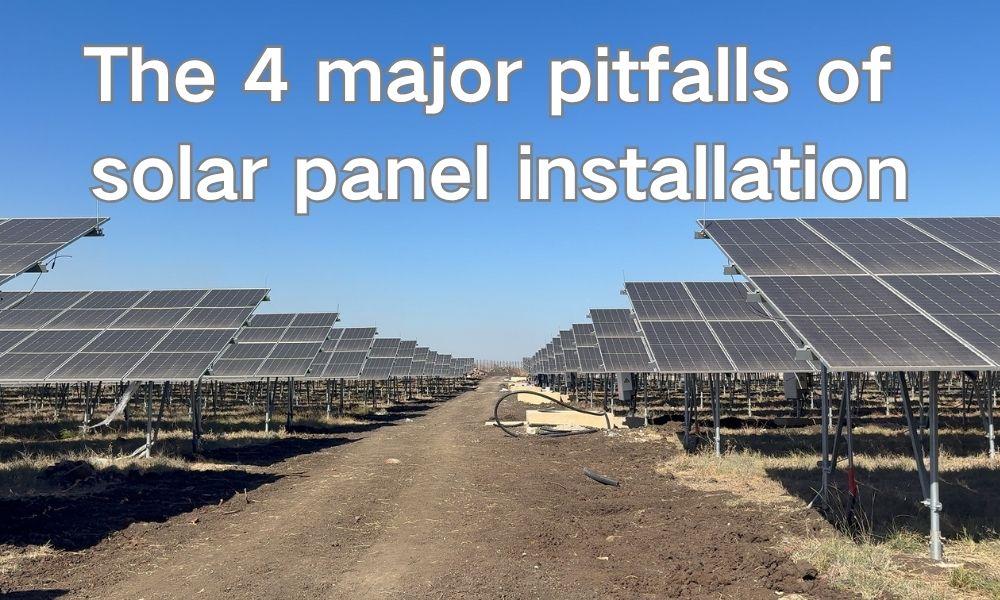
This article details the most common pitfalls in the on-site installation of solar panels—minor issues can result in lost power generation revenue, while major issues can even lead to fire accidents!
Installation Location
The installation location of solar panels is the first battleground in the competition for sunlight.
In complex terrain environments, such as mountainous power stations, there are differences in the structure of local installation sites. Construction companies often fail to fully consider complex terrain, resulting in photovoltaic power stations that are difficult to match completely with design drawings during construction. Therefore, when selecting a site, in addition to avoiding obvious obstacles, it is also necessary to fully consider the impact of the surrounding environment on sunlight.
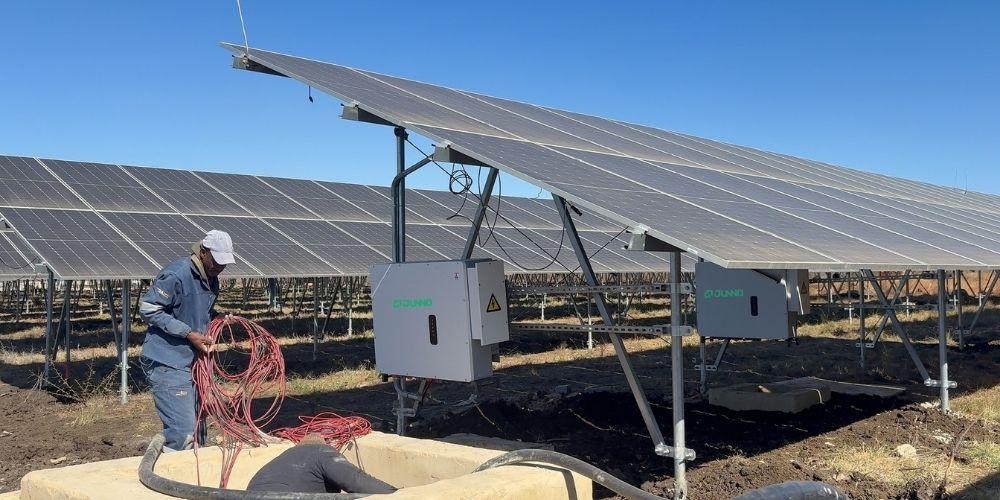
It is important to note that different building orientations and structural characteristics have a significant impact on lighting conditions. When installing solar panels on a building roof, if the installation location is not chosen carefully, the shadows cast by the front row of solar panels may block the rear row of components, resulting in a decrease in power generation efficiency.
Installation Spacing
In the installation of solar systems, the distance between adjacent solar panels is critical. To save space, some installation companies may overlook this point. However, this seemingly insignificant detail can have a huge impact on system efficiency.
If the installation spacing is too small, it will block the light and reduce the power generation. At the same time, the solar panels will not be able to dissipate heat, causing short circuits or even burning.
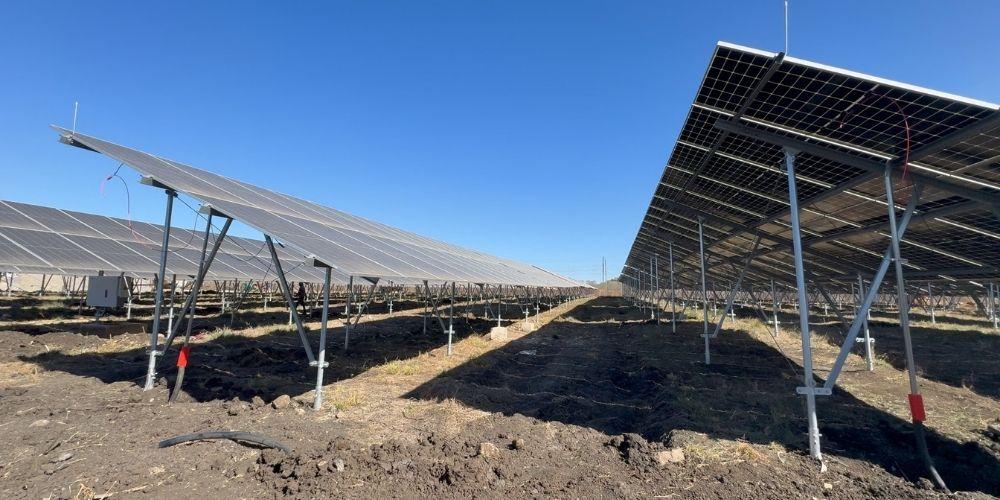
The calculation of reasonable solar panel spacing requires comprehensive consideration of multiple factors:
- Sunlight conditions (latitude, altitude, weather) dictate optimal spacing.
- Land constraints require balancing space utilisation with minimal shading.
- Panel size & shape influence spacing—larger panels need more room.
Proper spacing can boost energy output by 10-20%.
Electrical Wiring
During the installation of solar panels, if the bending radius of the component output cables is too large and no allowance is made, this not only increases the risk of mechanical damage to the cables but may also pose safety hazards. Alternatively, if the cables are overly bent, it can cause the cells to fracture, leading to an unstable power supply, and in severe cases, may even result in a fire, which is extremely dangerous!
Additionally, improper cable routing can cause cables to rub against each other, leading to wear and tear on the outer insulation, accelerated ageing, and potential short circuits.
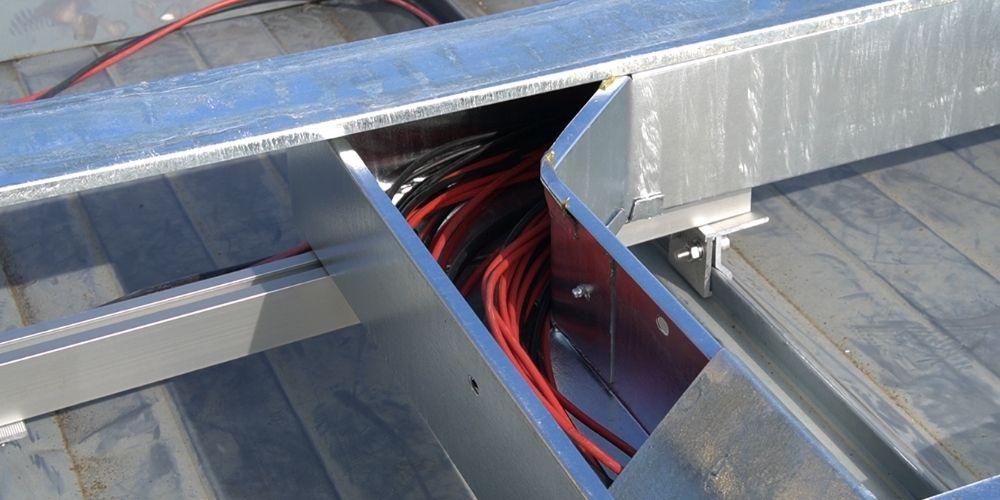
Proper wiring not only concerns safety but is also closely related to power generation efficiency.
The length, cross-sectional area, and connection method of cables all affect the efficiency of current transmission. If cables are too long or have too small a cross-sectional area, they can increase resistance and energy loss. In some large-scale solar farms, due to unreasonable string wiring and excessively long cables, part of the energy is lost in the lines, affecting the overall power generation efficiency of the plant.
Design vs. Reality Mismatch
Discrepancies between design drawings and actual conditions are a common issue during photovoltaic installation.
When designing photovoltaic array layouts, designers typically base their plans on topographic survey maps or roof plans. However, this becomes problematic for mountainous power plants with complex terrain, as these survey maps often fail to accurately depict details such as ravines and steep slopes. As a result, construction teams often discover on-site that many areas do not align with the drawings, such as slope angles and elevation differences, making it impossible to follow the plans.

Additionally, if designers fail to pre-study the sunlight conditions in mountainous PV areas or accurately calculate shadow ranges, they may encounter issues. For example, installing solar panels in a valley may result in surrounding mountain peaks completely blocking the panels at specific times, significantly reducing power generation efficiency.
Solutions
From site selection to grid connection, every step of the installation process must be controlled with millimetre-level precision:
In order to address these issues in the solar panel installation process, we need to take a series of measures to resolve them.
✅ Conduct a site survey of the installation location before construction
Use professional surveying equipment to accurately measure key data such as terrain and sunlight, laying a solid foundation for the design.
Communicate frequently with the designer to ensure the plan aligns with practical conditions. If encountering complex terrain, adjust flexibly to plan the component positions and spacing appropriately.
✅ Strictly follow standards for cable installation
Select appropriate cable specifications, determine cable length and routing according to design requirements, and avoid excessive bending or friction of cables.
During cabling, use professional tools and methods to ensure secure cable connections and prevent issues such as electrical leakage.
✅Establish a strict quality control system during construction
Where possible, conduct quality inspections at every construction stage to ensure secure component installation, proper cabling, and accurate angles.
✅Select a reputable construction team
When selecting a construction team, focus on their qualifications and past project experience. Prioritise teams with professional installation qualifications and a good reputation in the industry, as they are typically more familiar with installation standards and technical requirements and can better handle issues that arise during installation.
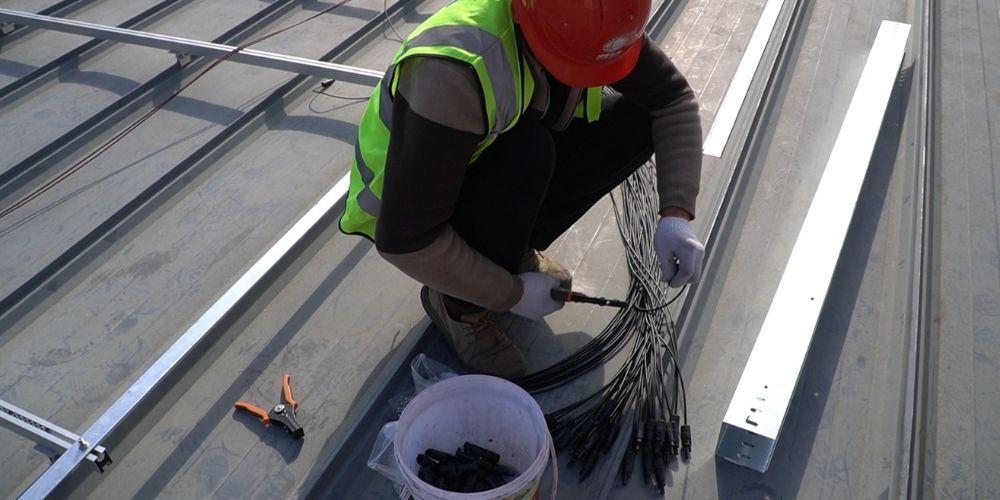
Conclusion
The on-site installation of solar panels is a complex and critical process, and any negligence in any step may affect the power generation efficiency and safety of the photovoltaic system.
Before installation, thorough preparation work should be done, and a comprehensive assessment of the installation site should be conducted. During installation, every step should be closely monitored to ensure compliance with requirements. After installation, post-installation maintenance and management should be strengthened, and the system's operational status should be regularly inspected.